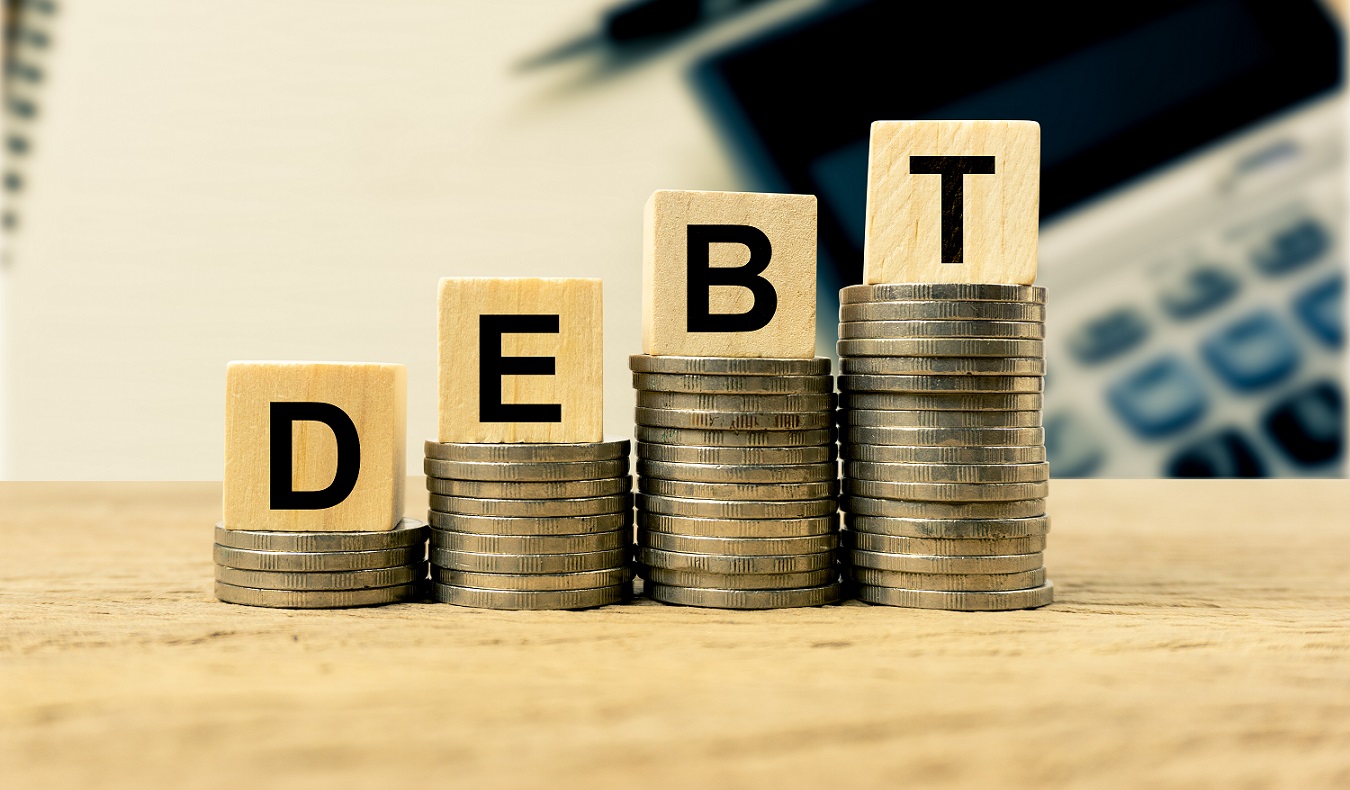Subscribe
“The only person who sticks closer to you in times of adversity and change than a friend is a creditor”
That quote, by a learned insolvency scholar, certainly rings true in the current precarious economic climate, arising out of the unprecedented COVID-19 pandemic and the restrictions imposed by the Federal and State governments.
Now more than ever has it become increasingly important for businesses and individuals to reassess how they seek to recover unpaid debts due to them.
COVID-19 temporary relief measures and Australian insolvency laws
On 25 March 2020, the Australian Federal Government enacted temporary relief measures for financially distressed corporations and individuals. The purpose was to provide a safeguard from the undue risks associated with Australian insolvency laws and processes during the COVID-19 pandemic.
For corporations, the relief measures have, among other things:
- Extended the prescribed time frame for a corporation to respond to a creditor’s statutory demand, from 21 days to six months
- Increased the minimum threshold amount to which these processes apply from $2,000.00 to $20,000.00 (in the case of creditor’s statutory demands)
For individuals, the relief measures have, among other things:
- Extended the prescribed time frame for an individual to respond to a bankruptcy notice, from 21 days to six months
- Increased the minimum threshold amount to which these processes apply from $2,000.00 to $5,000.00 (in the case of bankruptcy notices)
These changes (for both corporations and individuals) were to be in place for a six-month period until 25 September 2020. However, on 7 September 2020, the Australian Federal Government announced an extension of these temporary relief measures until 31 December 2020. This extension is a consequence of the continuing legislative responses to the COVID-19 pandemic.
What this means for debt recovery processes
Notwithstanding the above arrangements, creditors who are owed debts should wisely make the most of the months remaining until December 2020 to take immediate steps to commence debt recovery processes against a debtor (for example, issuing letters of demand). In doing so, they are avoiding any extended delay in pursuing those debts. Once debt recovery processes are well-advanced, creditors can then proceed to the next phase of enforcement. By that time, the temporary relief measures could be close to expiry.
On the other hand, creditors may wish to minimise the frustration, stress and inconvenience associated with unpaid debts by taking action which is not affected by the temporary relief measures (for example, the seizure and sale of assets of a debtor in satisfaction of a debt).
The final word about Australian insolvency laws and COVID-19
As part of the Australian Government’s COVID-19 response, many laws have changed at short notice. The emergency measures may require further changes, including in the areas of insolvency and debt recovery. If you’re concerned about how these laws will impact you or your business, especially in recovering unpaid debts, please contact our Litigation and Dispute Resolution team.
This article was written by Alex Di Blasi, Special Counsel (Litigation and Dispute Resolution).
DISCLAIMER: We accept no responsibility for any action taken after reading this article. It is intended as a guide only and is not a substitute for the expert legal advice you can receive from marshalls+dent+wilmoth and other relevant experts.
Subscribe




